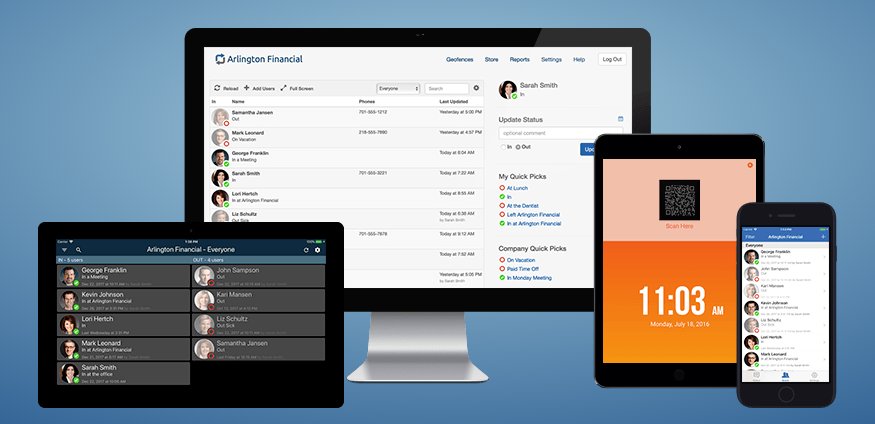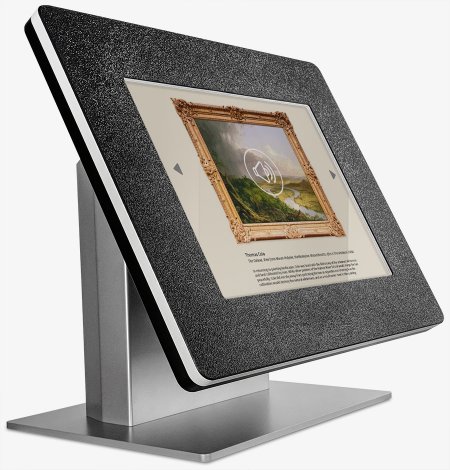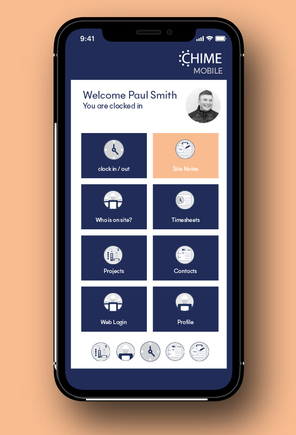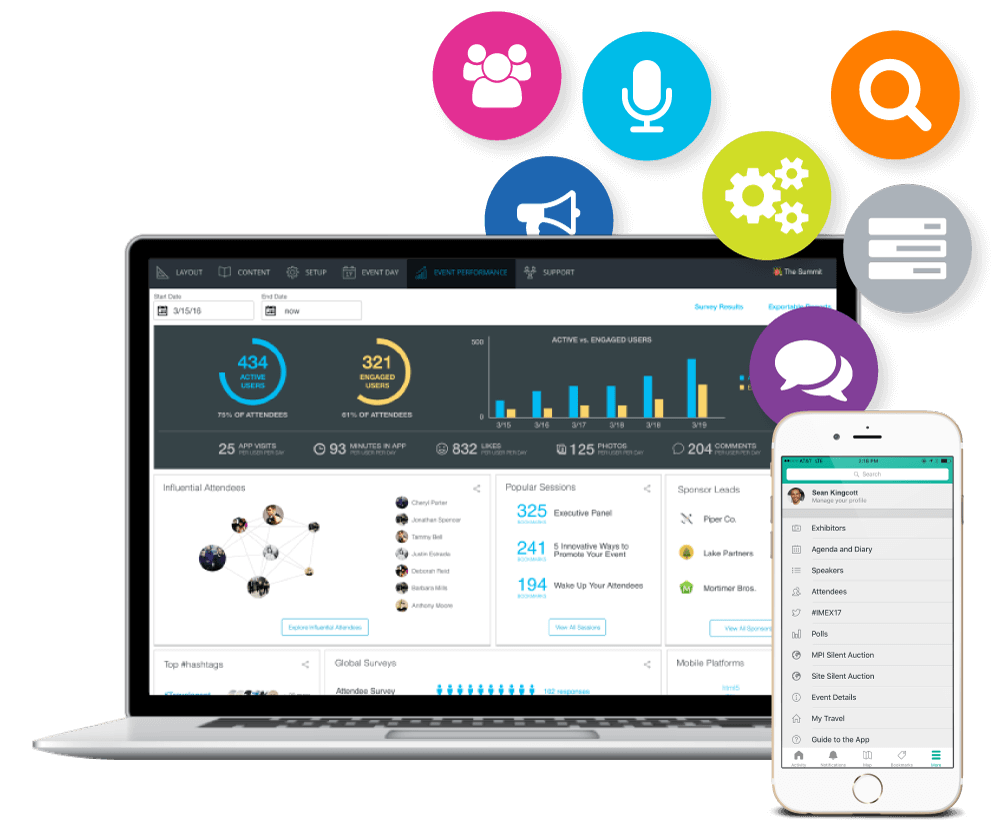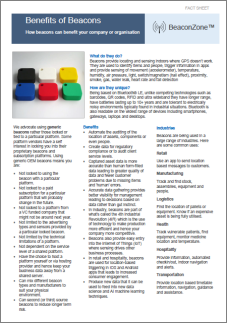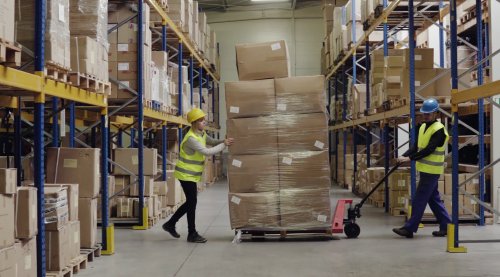Gartner has a new report Hype Cycle for the Internet of Things 2019, in which they say:
“The Priority Matrix shows that many IoT technologies are 5 years from mainstream adoption. However only one innovation profile will reach maturity in 2 years, indoor location for assets.
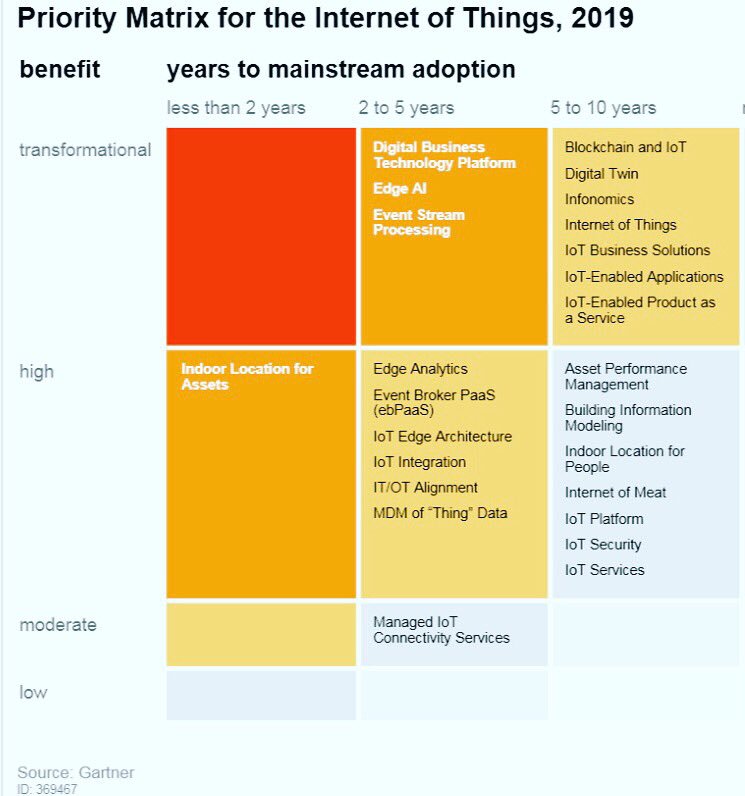
So why is ‘indoor location for assets’ more likely to achieve mainstream adoption sooner than other technologies? It’s because there are clear benefits for most companies and off-the-shelf software such as our BeaconRTLS™ is already available.
Our work with companies shows they are nevertheless cautious. Companies are taking time to understand the competing asset tracking technologies and are performing, sometimes lengthy, trials to determine how new systems will integrate with existing systems. They are considering the implications of SAAS vs on-premise solutions, the availability of second-sourced beacon hardware and the compromises of accuracy vs system complexity and cost.
